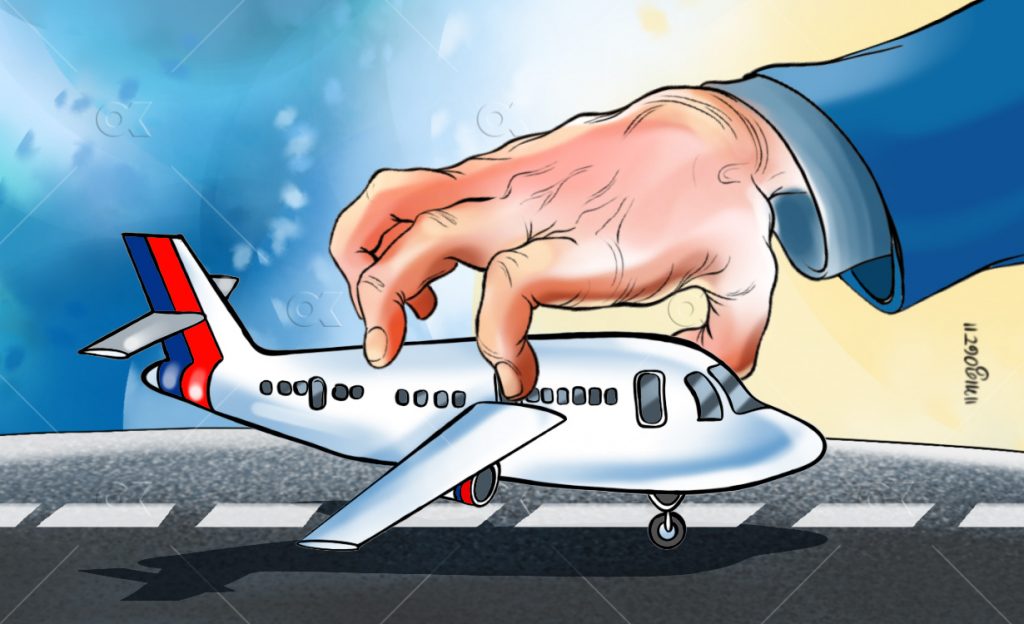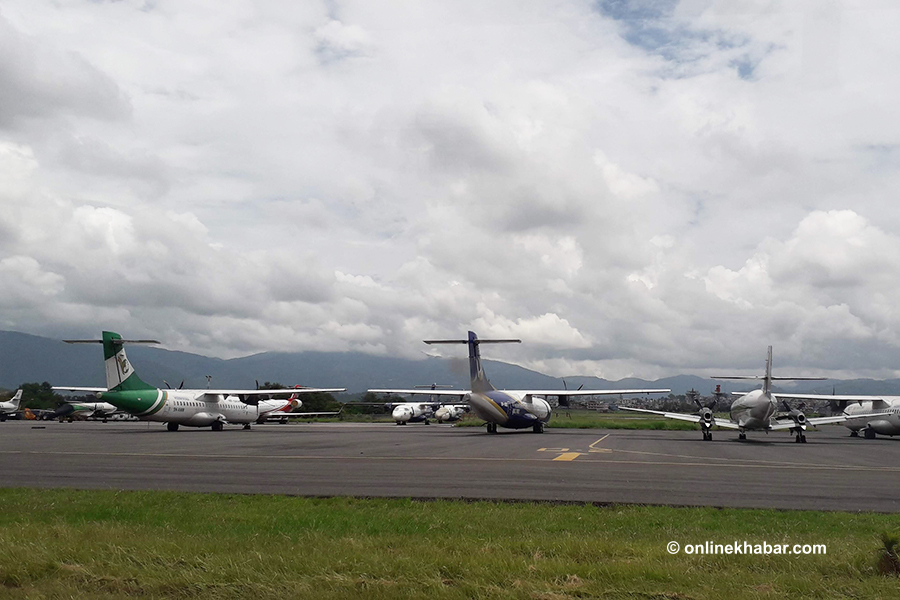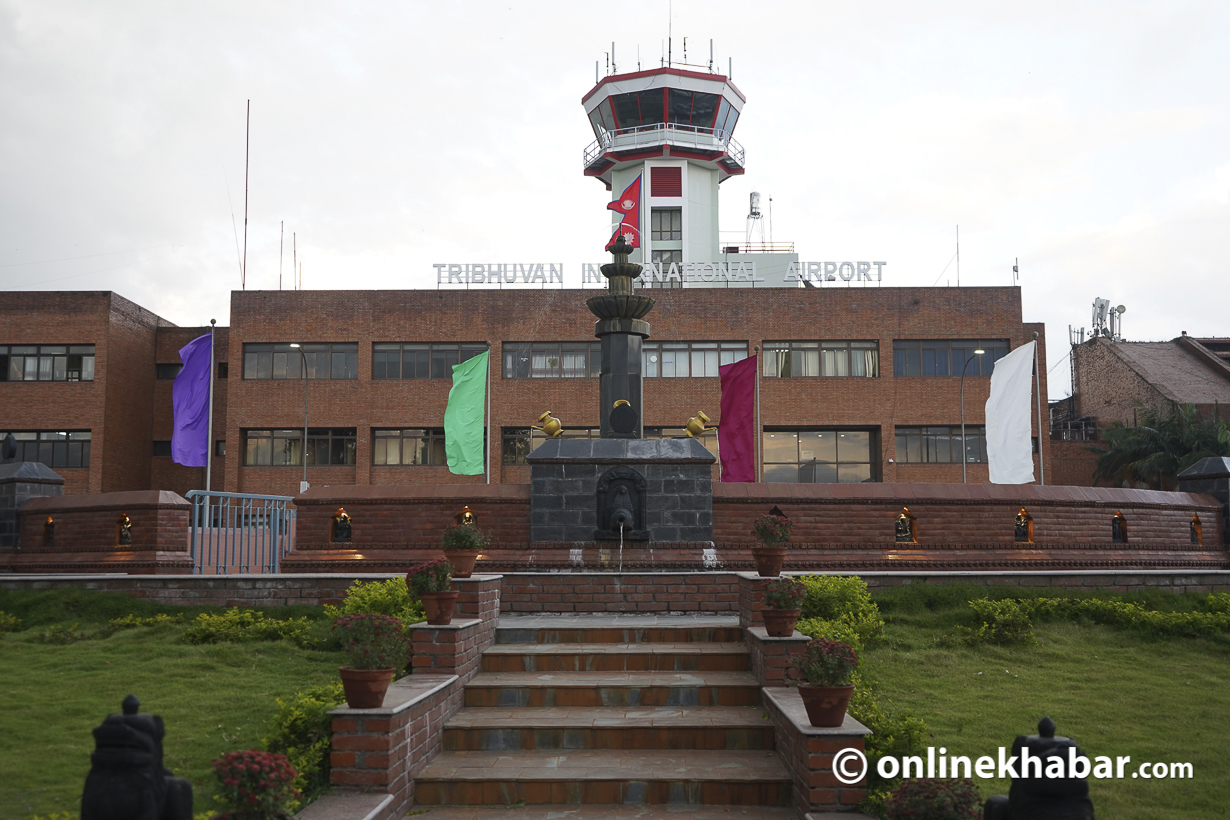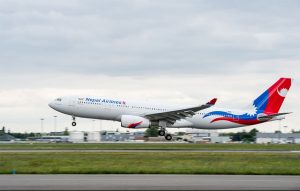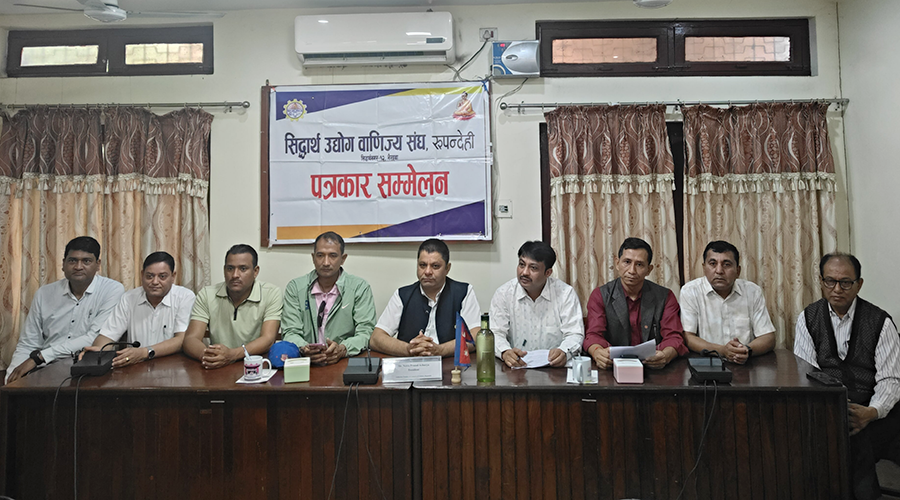The future of Nepal Airlines Corporation (NAC), Nepal’s national flag carrier, looks bleak. Poor leadership and a lack of vision have left the company in debt of over RS 40 billion. In the past five years alone, the NAC has had five different executives leading it and none of them has been able to do anything to the massive debt the corporation incurs on a yearly basis.
Things have become so bad that the money it was given to buy four aircraft by the Employee Provident Fund and Citizen Investment Trust is likely to be wasted. Out of all the aircraft the NAC has, it only uses six. The remaining six lay grounded at Kathmandu’s Tribhuvan International Airport (TIA). Despite the corporation only operating six aeroplanes, it still employs nearly 2,000 staff members including people working at ground holding at the TIA.
Even though it has such a high number of staff, the NAC has not been able to provide the service that other Nepali airlines provide. Domestic travellers mostly use Buddha, Yeti, Shree and Summit airlines while international travellers use Qatar, Turkish and Himalaya airlines as compared to the NAC. So should the NAC be scrapped and be privatised as it continues to make the same mistake over and over again?
Different leadership teams: different policies
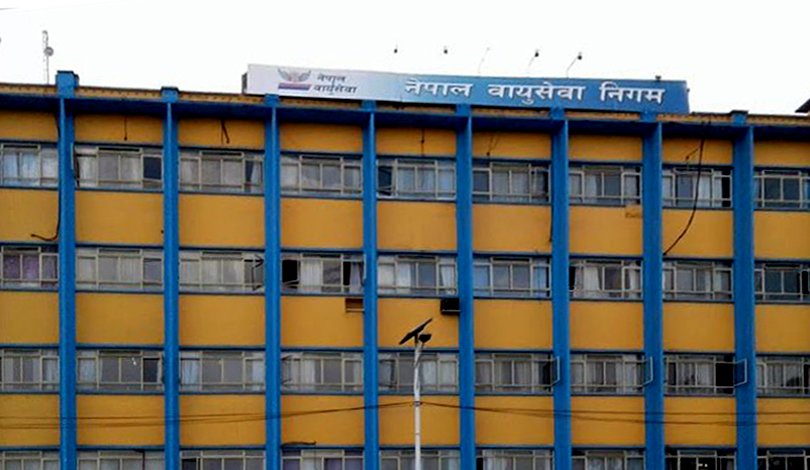
One of the main reasons for the poor performance of the NAC is ever-changing leadership. In the past five years, it has seen five managing directors. And, with each one bringing in new policies and changing the decisions made before, the corporation has not moved forward despite the purchase of new aircraft.
The NAC in 2009, under the leadership of Sugat Ratna Kansakar, decided to purchase one narrow-body and one wide-body aircraft from Airbus. But, the decision was criticised even though the NAC had already sent Airbus an advance. In 2011, the NAC, under the leadership of Madan Kharel, dropped its idea to buy a narrow-body and buy two wide-body aircraft. This trend of one MD revoking the decision made by the earlier MD continues to this day.
According to Achyut Pahadi, a former member of the board of directors, an NAC Twin Otter aircraft has been grounded at the TIA for over a decade waiting for repairs. Had the aircraft been repaired back then, it would have cost only $100,000. But, different leadership teams’ indecision led to it gathering dust at the TIA rather than being repaired and operated or sold elsewhere.
“It’ll take around $1 million now, I think. This has happened so many times,” says Pahadi.
The decision to buy the wide-body aircraft is one such example. There were various reports suggesting the NAC not buy the wide-body aircraft. But, then MD Kansakar listened to no one as he brought two wide-body aircraft to Nepal.
Things continued when Dim Prasad Paudel was the MD of the NAC as he decided to sell a few Chinese aircraft. That decision is being changed again by the newly appointed chairman Ubaraj Adhikari as the NAC wants to fly these aircraft again.
“We are planning to use all aircraft that we have. But, I think it’ll take at least a year,” says Adhikari, adding the corporation is getting a budget of Rs 23 billion to revive itself.
This is not the first time the NAC asked the government for money. Paudel, had asked the government for Rs 5 billion to repay loans with interest. That money was not given to him. He had also suggested that NAC turn into a public company and move forward. Bu,t this did not go down well with the NAC staff who opposed the plan and staged a protest. What the new MD will do will be interesting to see.
The plague of political appointments
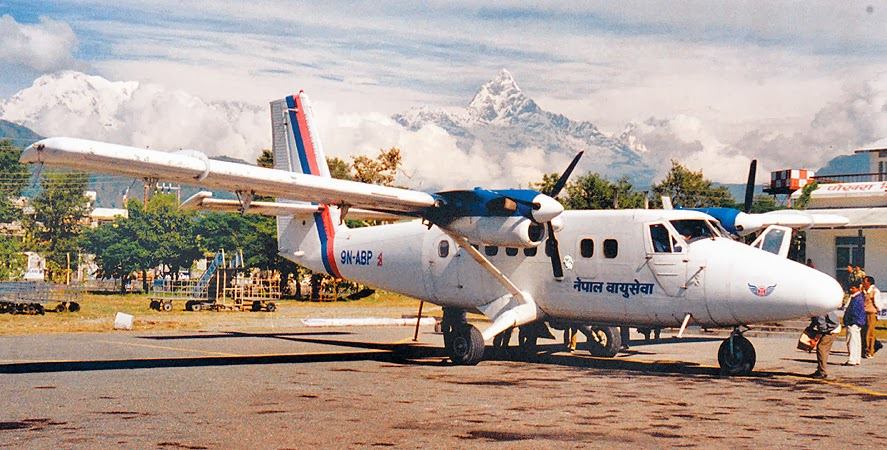
One of the main reasons for the NAC being in this state is political appointments. With every change of government, the head of the NAC has changed causing more uncertainty. Paudel’s future at the NAC is under doubt after the appointment of Prem Ale as the tourism minister. People close to the tourism minister believe that Paudel will be asked to resign even though he has nearly four years left in the post. He has not resigned yet and has been asked to appear in front of the tourism minister in the coming days.
What make it easy for political appointments are the vague laws. On September 17, 2018, the then government appointed Madan Kharel as the chairman of the NAC. He was appointed by giving him the right to lead the management team of the corporation as its executive chairman. It means the existing MD Kansakar lost his powers.
Even though Kansakar did not have much power, he refused to resign and continued to serve as the MD. It was only after the end of his term that he left office.
Section 5 of the Nepal Airlines Corporation Act states the chairman will have the same power as the MD. When that happens, the MD’s role is as good as useless. But, the law does not state that the person will have to resign or be sacked. The person will be in the office and enjoy all privileges despite not working.
A few options left
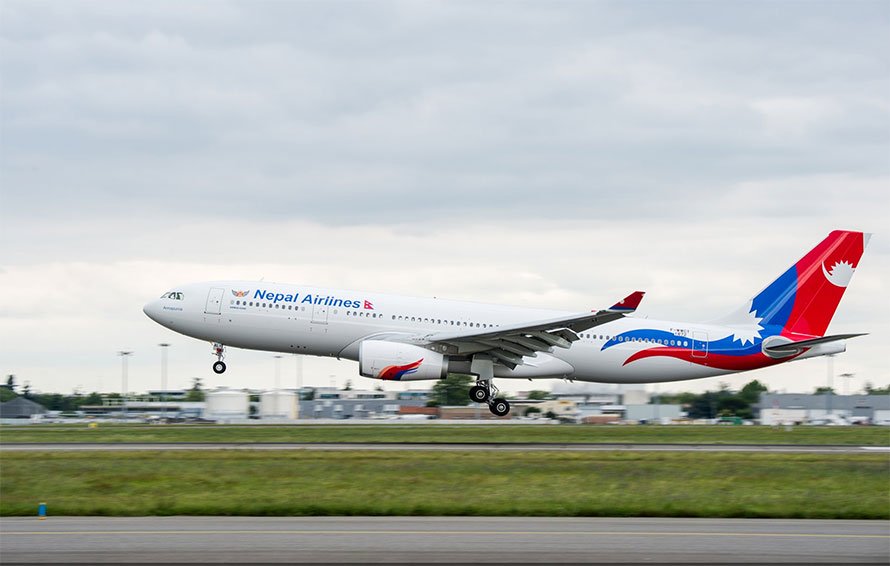
It is clear that political appointments are rampant at the NAC. But, while that is going on, there have been talks about improving things. There have been numerous reports that state if it runs in the current manner, it will go bust soon. Despite knowing this, the government and the corporation itself have not shown any interest to make changes.
In the past two decades, there have been seven high-level committees preparing reports on the NAC. Almost all of them came to a similar conclusion about how the NAC needs to be rebuilt.
On February 4, 2002, Damodar Prasad Gautam-led committee submitted a report to the Tourism Ministry that stated the NAC had a debt of Rs 2.44 billion. With the report, the NAC was seeking a long term loan of Rs 1.5 billion.
Before giving it the loan, the government asked Gautam to prepare another report to ensure the company would be making some money. In reply, Gautam, in his report, suggested that two different companies be registered – one for domestic flights and one for international – and move forward. The suggestion also talked about following the public-private partnership (PPP) model and giving shares to people interested in investing in the corporation.
To look into its prospect, the government, in 2003, then formed a high-level committee under the leadership of Shankar Sharma, a member of the National Planning Commission. The Sharma-led committee submitted a report to the government, stating the only way things could move forward was privatisation or dissolution.
Like Gautam, the Sharma-led committee also spoke about the formation of two public companies. If funds were not available in Nepal, the report spoke about giving 60 per cent ownership of the company to an international airline company.
In 2005, the ICAO also submitted a report which also stated that the government had to reform the NAC and privatise it. Following that report, the government in 2006, made a committee under Kedar Lal Joshi. The report echoed the resorts prepared by Gautam, Sharma and the ICAO.
This issue came to the surface again in 2010 when a joint secretary at the Tourism Ministry, Murari Bahadur Karki, was asked to prepare another report. In his report, he suggested the same and prepared a modality to hand out shares of the company to the staff and others. The report suggested that the government keep 49 per cent and the remaining be given to the company and manages the airline. There was also provision for the government shares to be sold to the NAC employees, tourism entrepreneurs and the citizens of Nepal.
Even recent reports have asked the government to privatise the airline. A report prepared by former secretary Sushil Ghimire also suggested the same in 2019. In the report, the committee stated that the company which was formed in 1958 needed a revamp as the organisational structure in today’s age did not make sense. It said a revamp was needed to make it sustainable in today’s day and age.
Will things change?
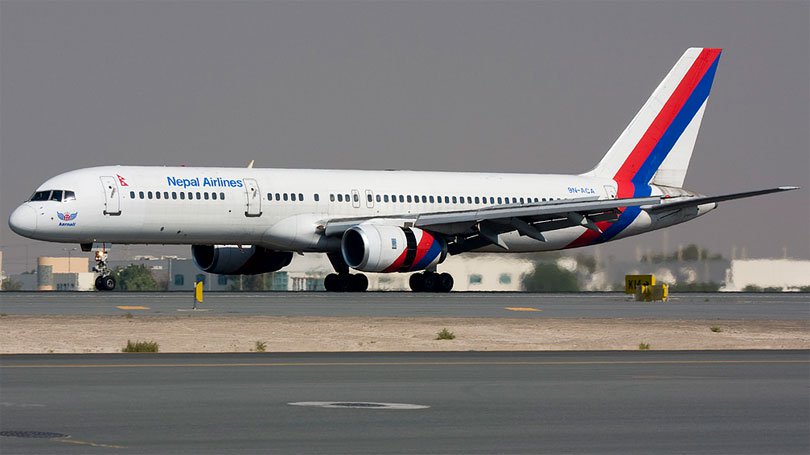
The budget plan for the current fiscal year has mentioned restructuring the NAC so as to make it commercial and competitive. This included an open call for the interested organisations to submit their proposal to become partners and lead the corporation forward into the future. But, this plan has not taken shape due to protests from the NAC employees. The government has also not shown any proactiveness to take this forward since.
“We need to keep the NAC autonomous,” says former tourism secretary and a member of the NAC’s board of directors, Kedar Bahadur Adhikari. “The fall of the corporation should be on the politician’s head. If they had left it alone, the airline would be thriving.”
He says the NAC Act must remove the provision of having both a chairperson and an MD as he believes that creates a divide. While he believes that the provision was put there with good intention, it slowly became a provision that benefited political appointments.
The only way he believes the NAC can get better is by removing this provision and moving towards making it autonomous. He says the corporation should run with the Company Act where shareholders start questioning those in power.
“Only then will it run smoothly,” says Adhikari.
He also believes that top-level officials need to work towards fulling their goals. If they do not, he believes they should be fired.
“If a football coach loses five games in a row, he will be sacked. The same should happen for the MD of the NAC too. If the person is not capable of fulfilling their duty, they should be shown the door. But before that, the person should be given full freedom to do what he has to do to achieve these goals,” adds Adhikari.
He adds the lower-level workforce of NAC lacks proper management and training. To change things, they should be trained but with that, the working environment should also change, says Adhikari.
“If politicians stop claiming their share and leave the NAC alone, things will automatically change. All they need is training and proper leadership,” he says.



